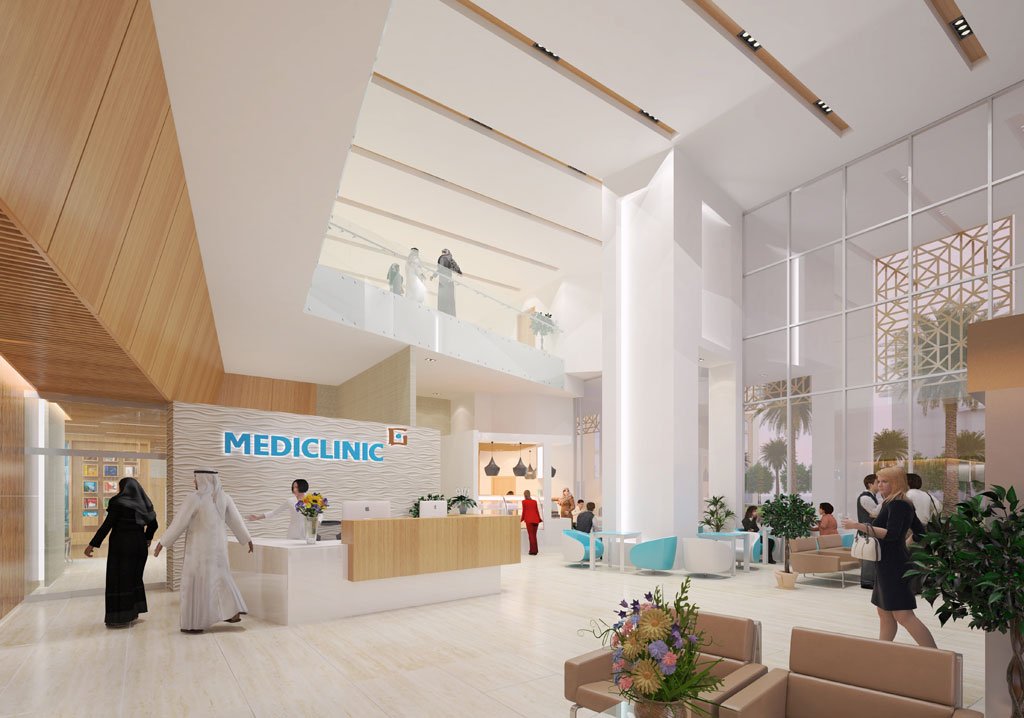A stay in the hospital, even if only for a few hours, is never an experience to look forward to. However, in the past few years, the Middle East has witnessed a radical shift in the perspective toward the healthcare industry as well as the design of regional healthcare facilities. There’s an industry-wide movement that’s pushing designers and related decision makers to plan and design hospitals with a patient-centric approach; to treat patients with the same level of attention that a hotel would treat a guest. Owing to a focus on medical tourism and the general focus on top class infrastructure in the region, we’re now beginning to understand that holistic care and rehabilitation involves more than just the best doctors and machines. Our recent case study on the Valiant Clinic at the City Walk in Dubai is a stellar example of this.
We interviewed leading design firms in the region to get gather their expert opinions on these new trends, and how the design community is keeping up them.











